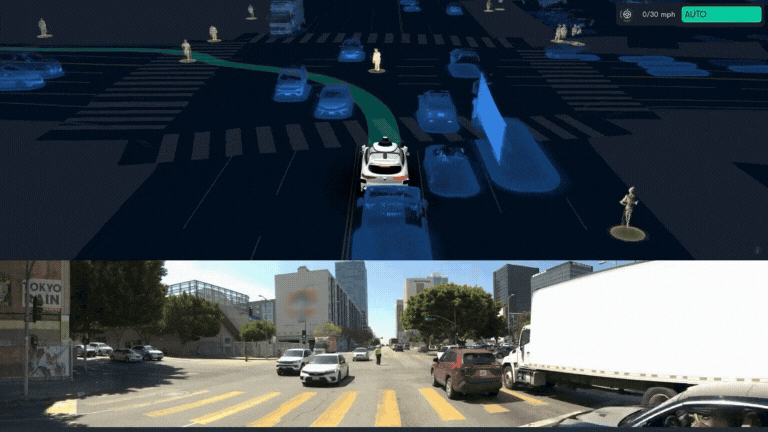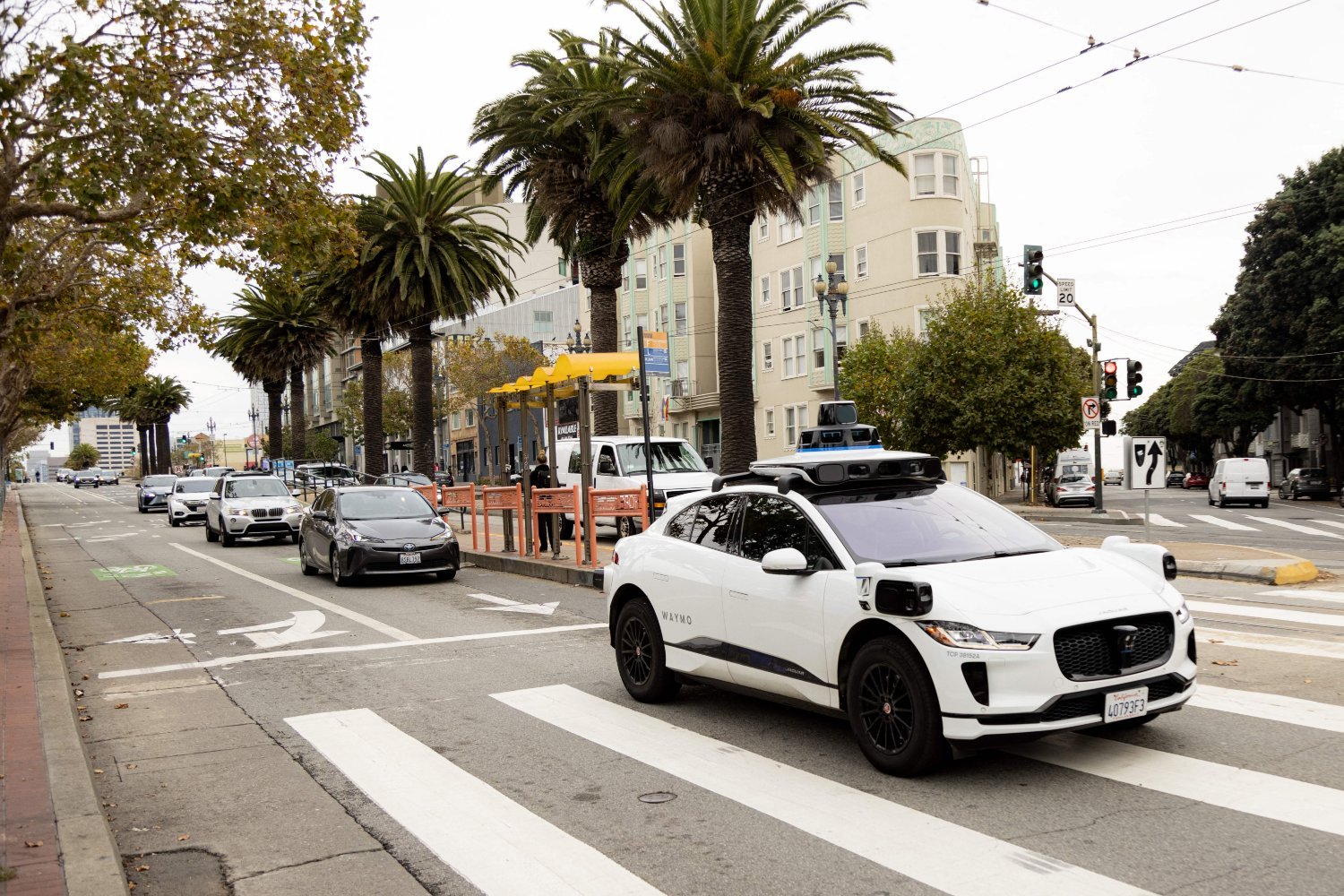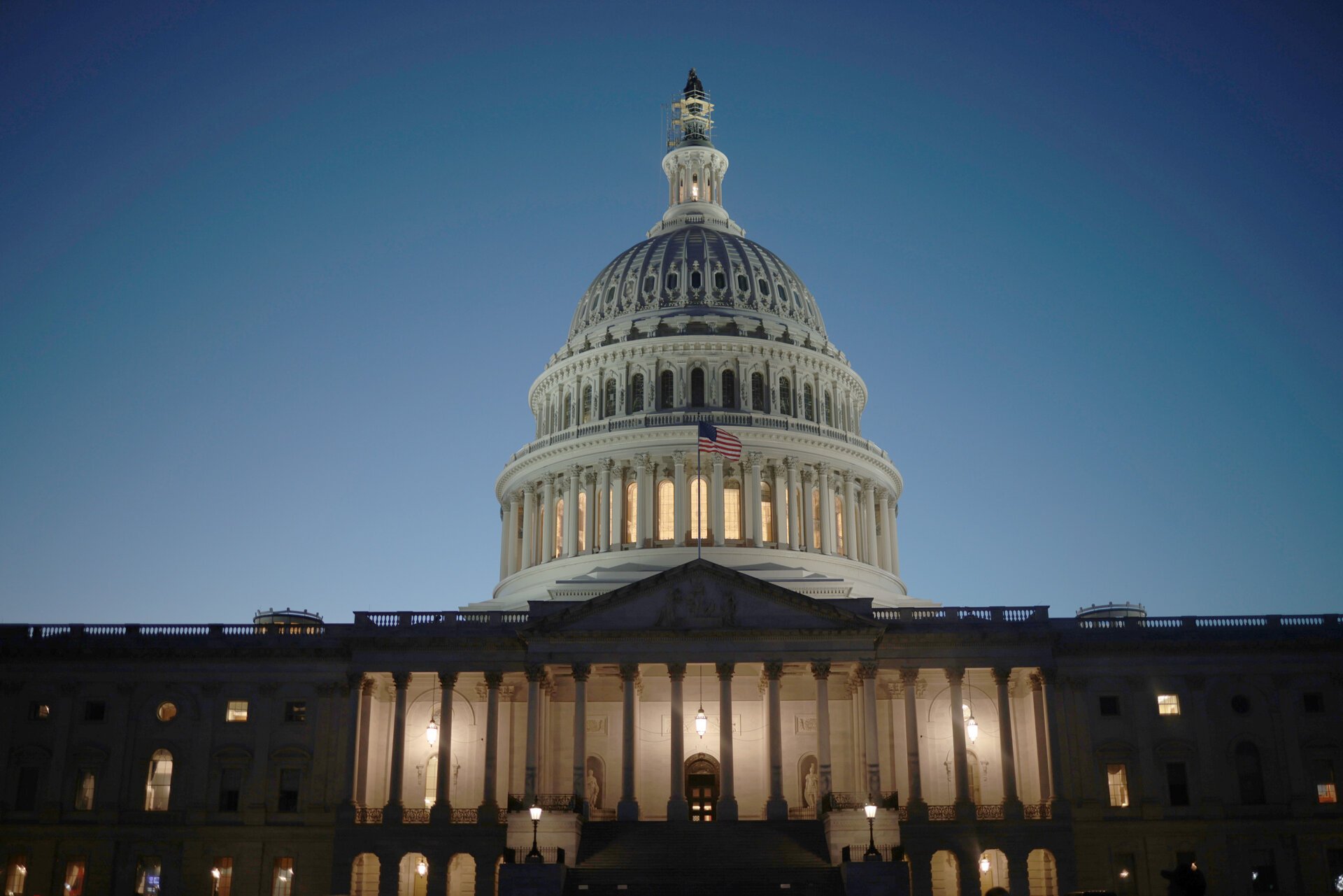Waymo’s autonomous vehicles have achieved a significant safety milestone, receiving certification for their ability to appropriately respond to first responders and emergency vehicles. This certification applies to Waymo’s operations in San Francisco, Los Angeles, Phoenix, and Austin, with upcoming deployments in Miami and Atlanta. The company is also testing its technology in challenging weather conditions in Buffalo, New York.
This development addresses a critical aspect of autonomous driving, as self-driving cars have sometimes struggled with unpredictable scenarios that human drivers handle intuitively. Humans process vast amounts of information while driving, including anticipating the behavior of other drivers. While not flawless, human drivers generally maintain a safe flow of traffic.
Computers, however, require explicit programming to handle such situations. Past incidents have highlighted the challenges, like a Cruise vehicle driving away from police after being pulled over for inactive headlights. The car simply lacked the programming to understand the need to remain stationary.
Waymo’s Certification and Safety Measures
Waymo announced that its procedures for identifying and responding to emergency situations have been independently certified by TÜV SÜD, a renowned safety testing and certification organization. The certification covers advanced detection of emergency vehicles and sirens, as well as appropriate responses to hand signals and directions from first responders at accident scenes.
 GIF showing a 3D rendering of a Waymo vehicle responding to emergency responders on a road.Waymo’s self-driving technology can interpret hand signals from officers managing accident scenes. (Credit: Waymo)
GIF showing a 3D rendering of a Waymo vehicle responding to emergency responders on a road.Waymo’s self-driving technology can interpret hand signals from officers managing accident scenes. (Credit: Waymo)
While some autonomous vehicle behaviors might be harmless, others can have serious consequences. For instance, a Cruise vehicle once blocked an ambulance, delaying a victim’s transport to the hospital. Human drivers instinctively understand the urgency of yielding to emergency vehicles, a behavior that must be programmed into autonomous systems.
The Evolving Landscape of Autonomous Driving
Following General Motors’ shutdown of Cruise, Waymo and Tesla are now the leading U.S. companies developing self-driving technology. Tesla plans to launch a self-driving “robocab” next year, utilizing camera-based AI instead of the Lidar sensors employed by Waymo. Waymo, in turn, is working to reduce its reliance on cameras and sensors to lower costs.
Tesla’s Autopilot system has faced scrutiny from the NHTSA following collisions with emergency vehicles and parked police cars with flashing lights. Critics argue that Tesla’s rapid deployment of its technology in consumer vehicles, while valuable for data collection, poses safety risks. Furthermore, reports suggest that President-elect Trump may eliminate the requirement for Tesla to report accidents involving its self-driving mode.
Waymo’s Cautious Approach and Positive Reception
Waymo’s approach to deployment has been significantly more cautious. The company has faced minimal criticism and has received positive rider feedback, even matching Lyft’s market share in San Francisco. In contrast, Cruise faced regulatory challenges and negative publicity, including an incident where a vehicle dragged a woman 20 feet, ultimately leading to its shutdown.
Conclusion: A Step Towards Safer Autonomous Driving
Waymo’s certification for safe interaction with emergency vehicles represents a crucial step towards building trust and ensuring the safety of autonomous driving technology. As the industry evolves, prioritizing safety and responsible deployment will be essential for gaining public acceptance and realizing the potential of self-driving cars.










